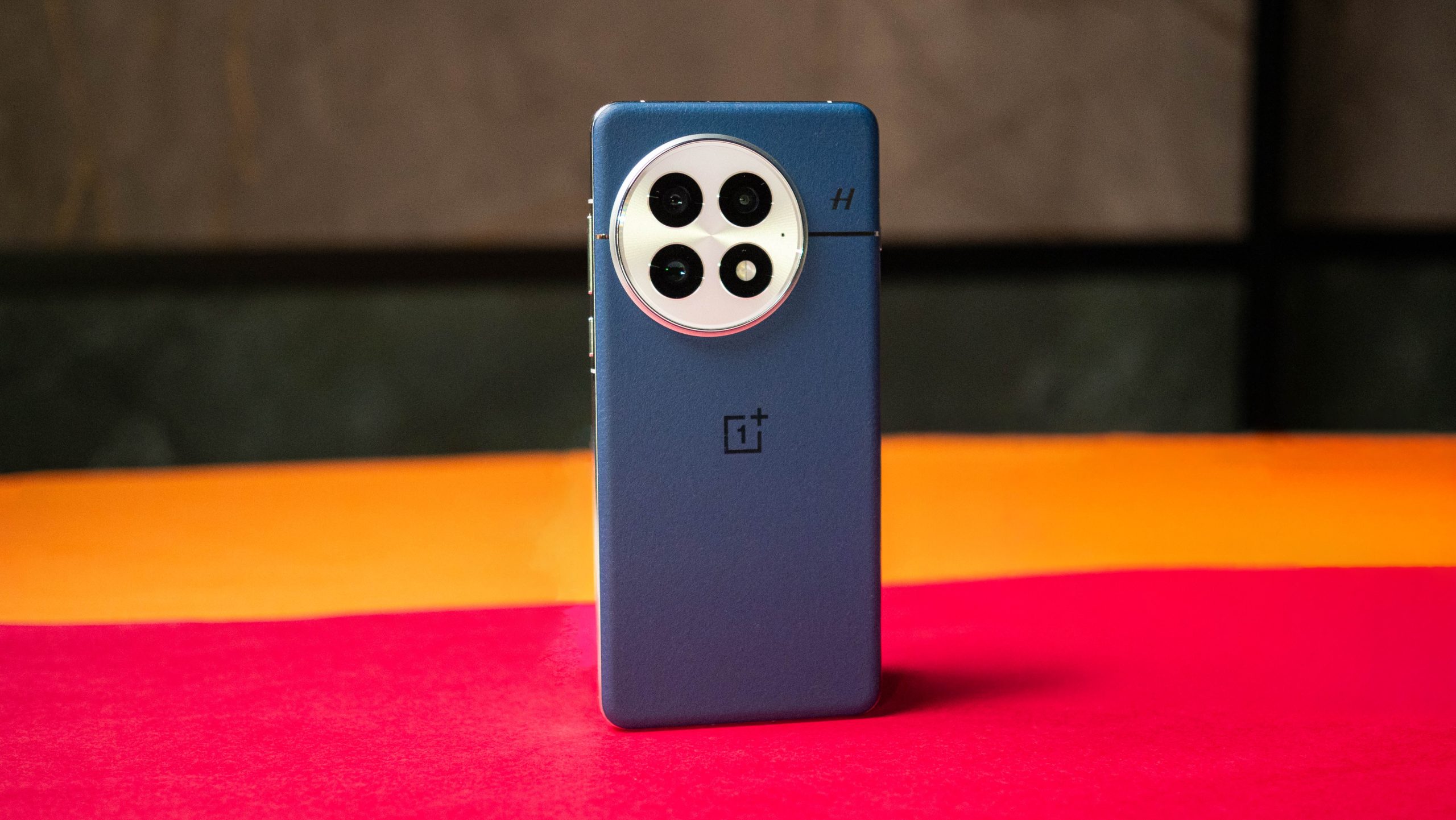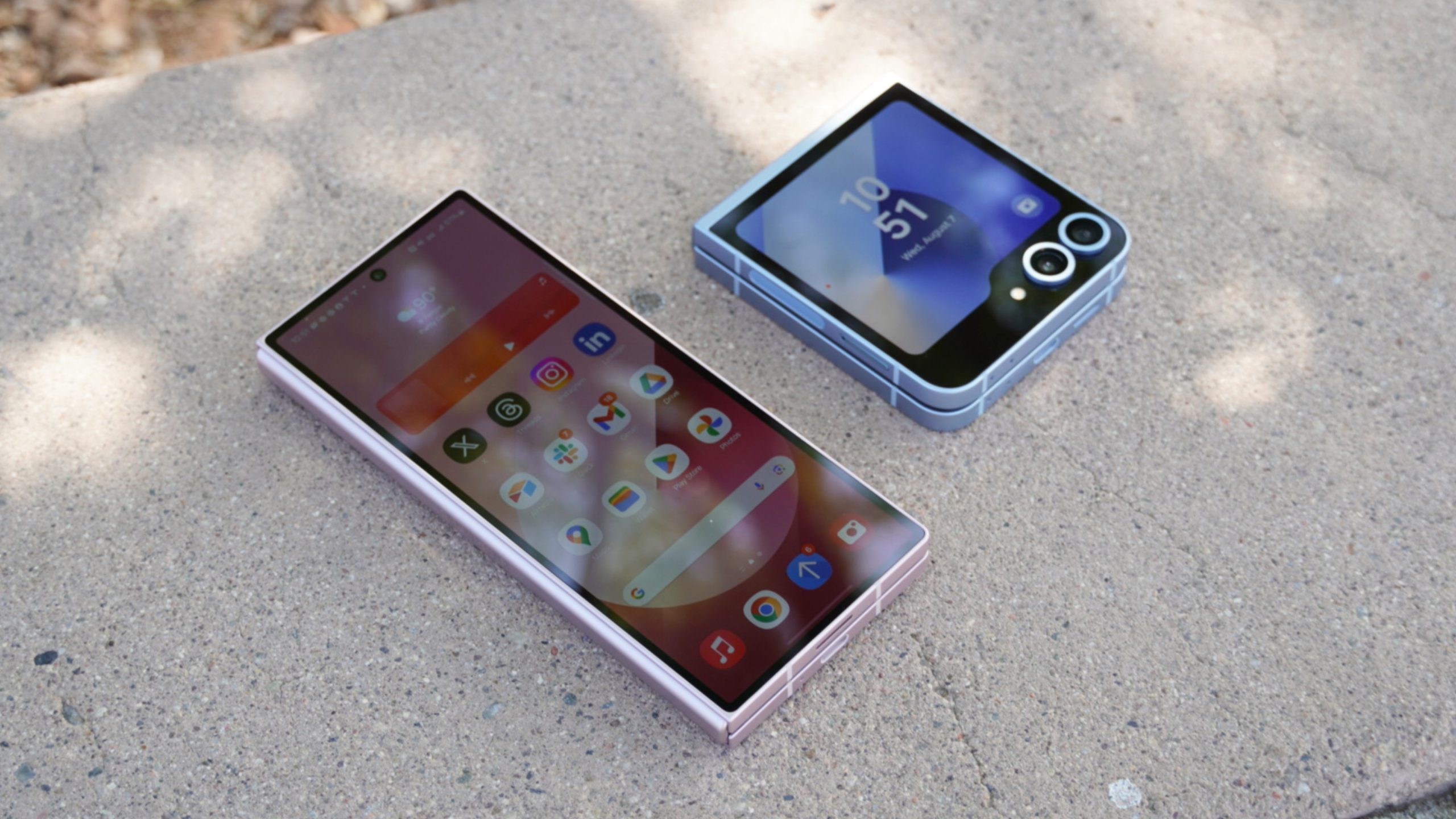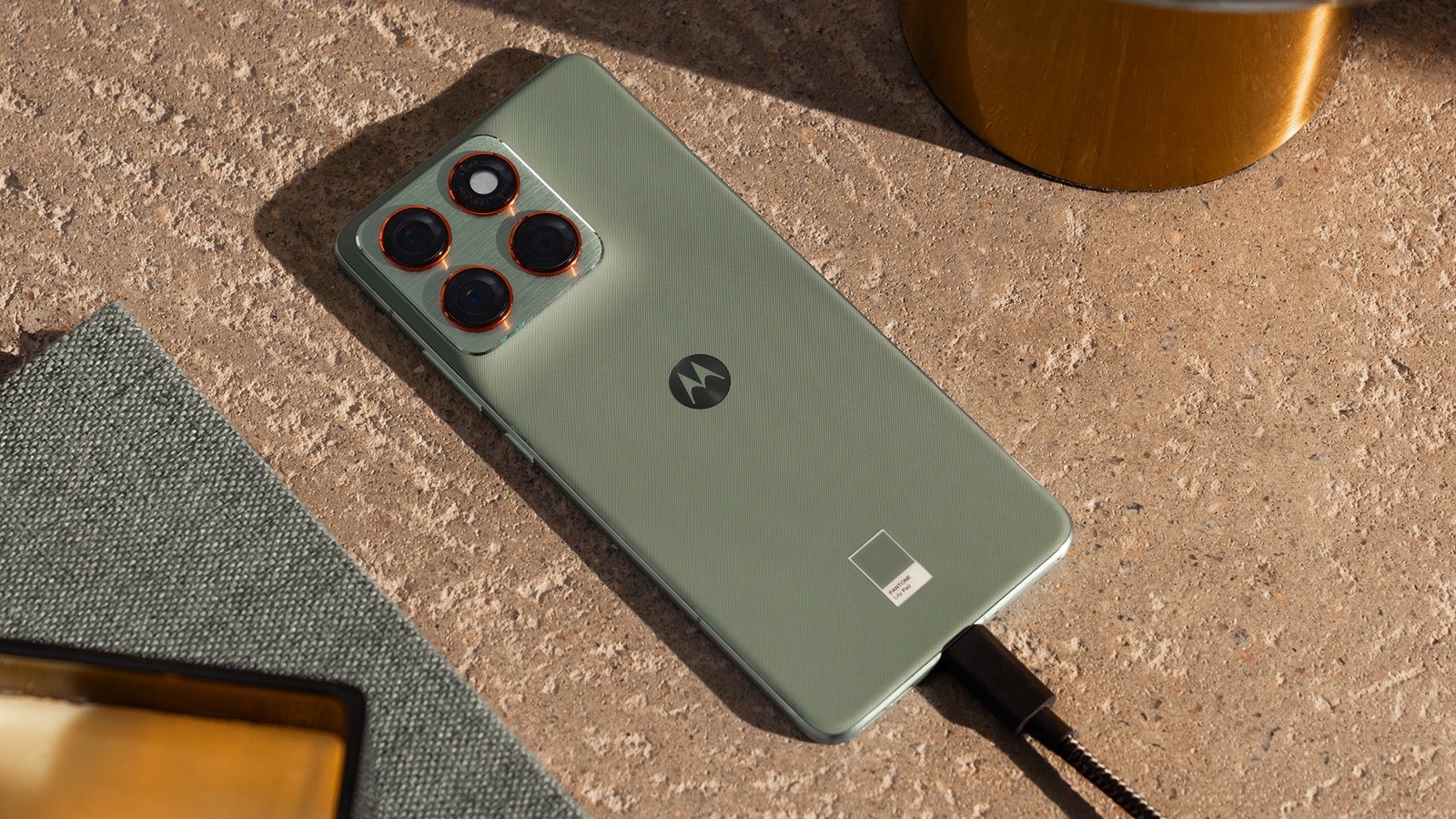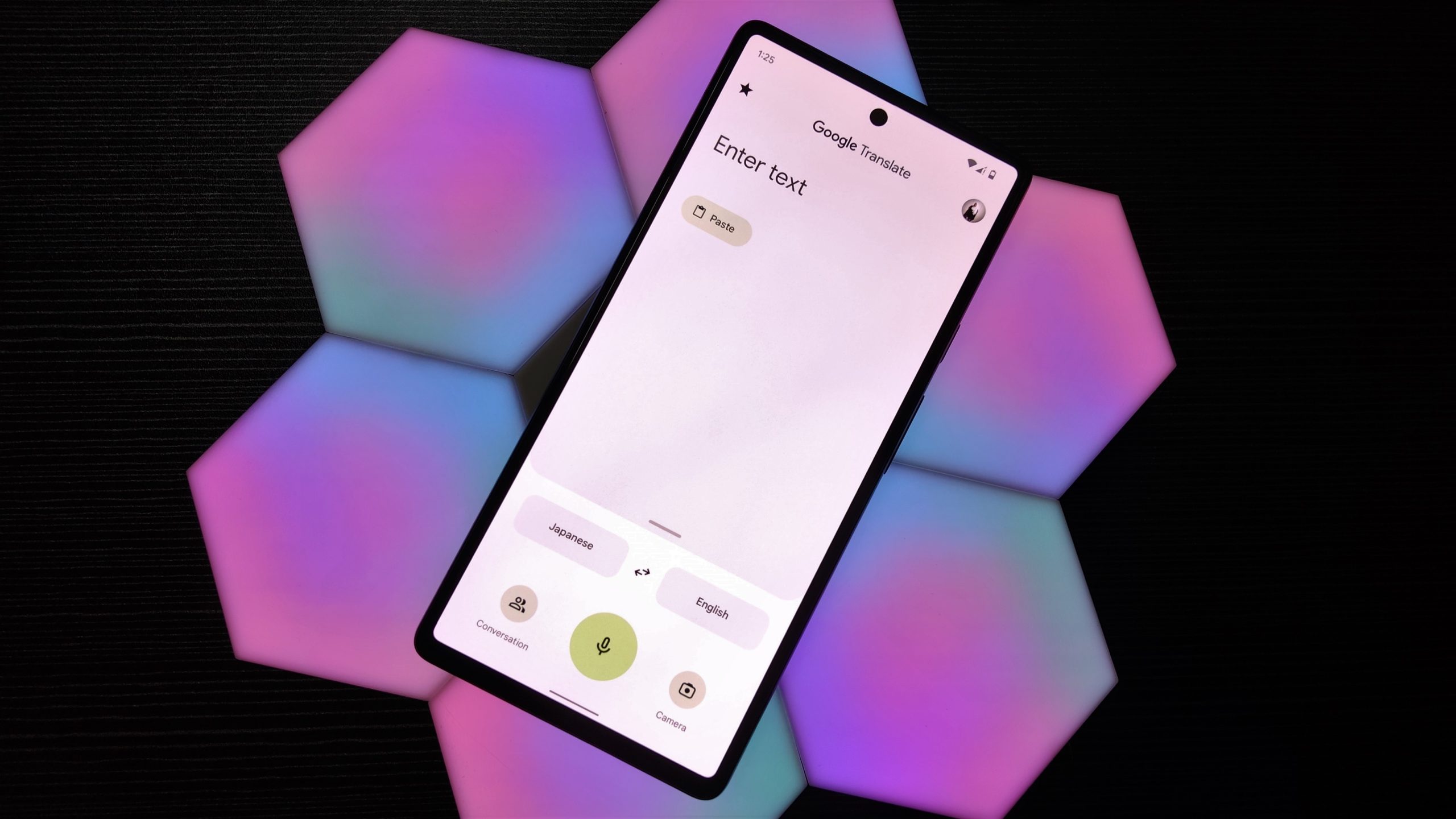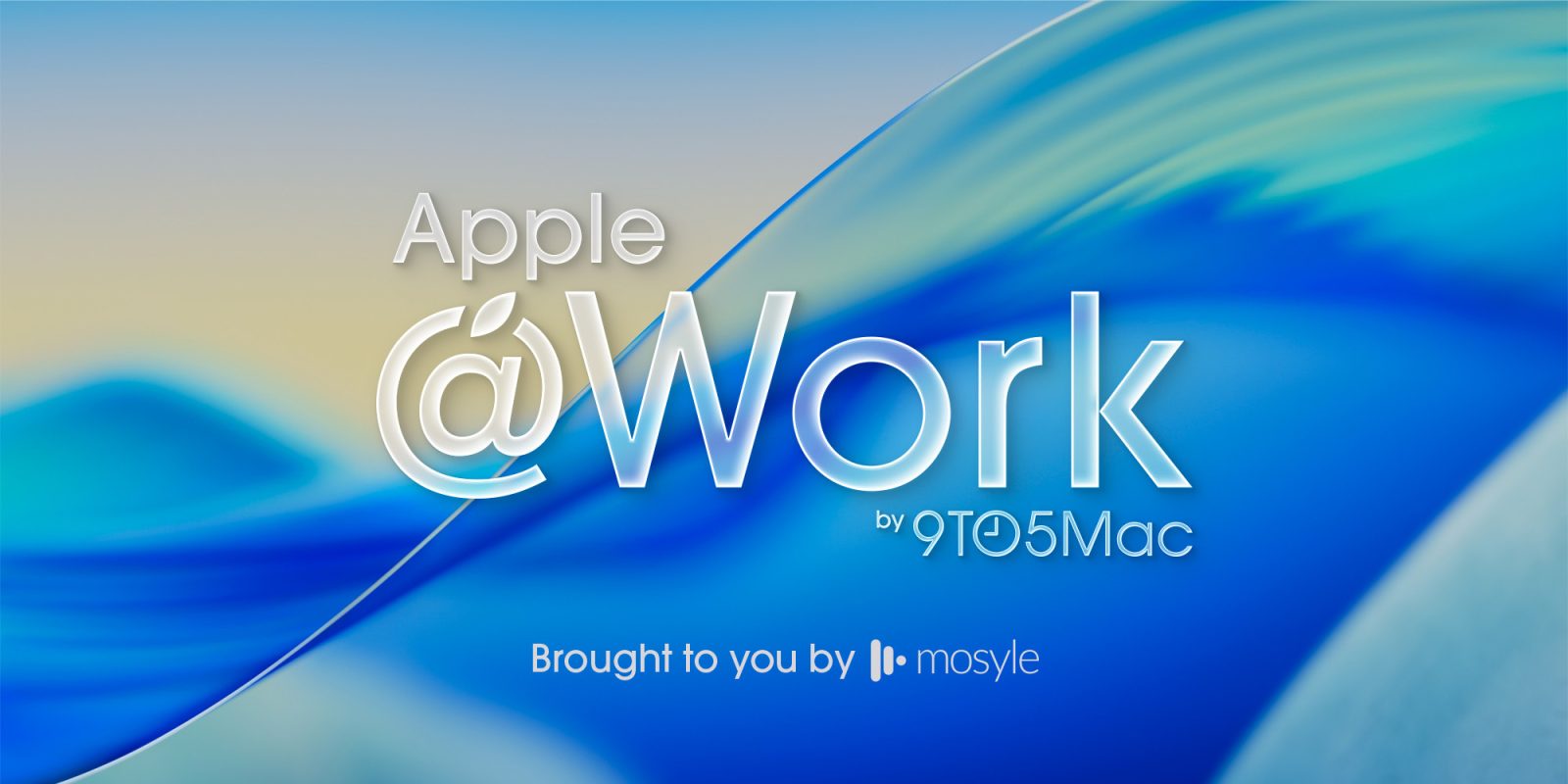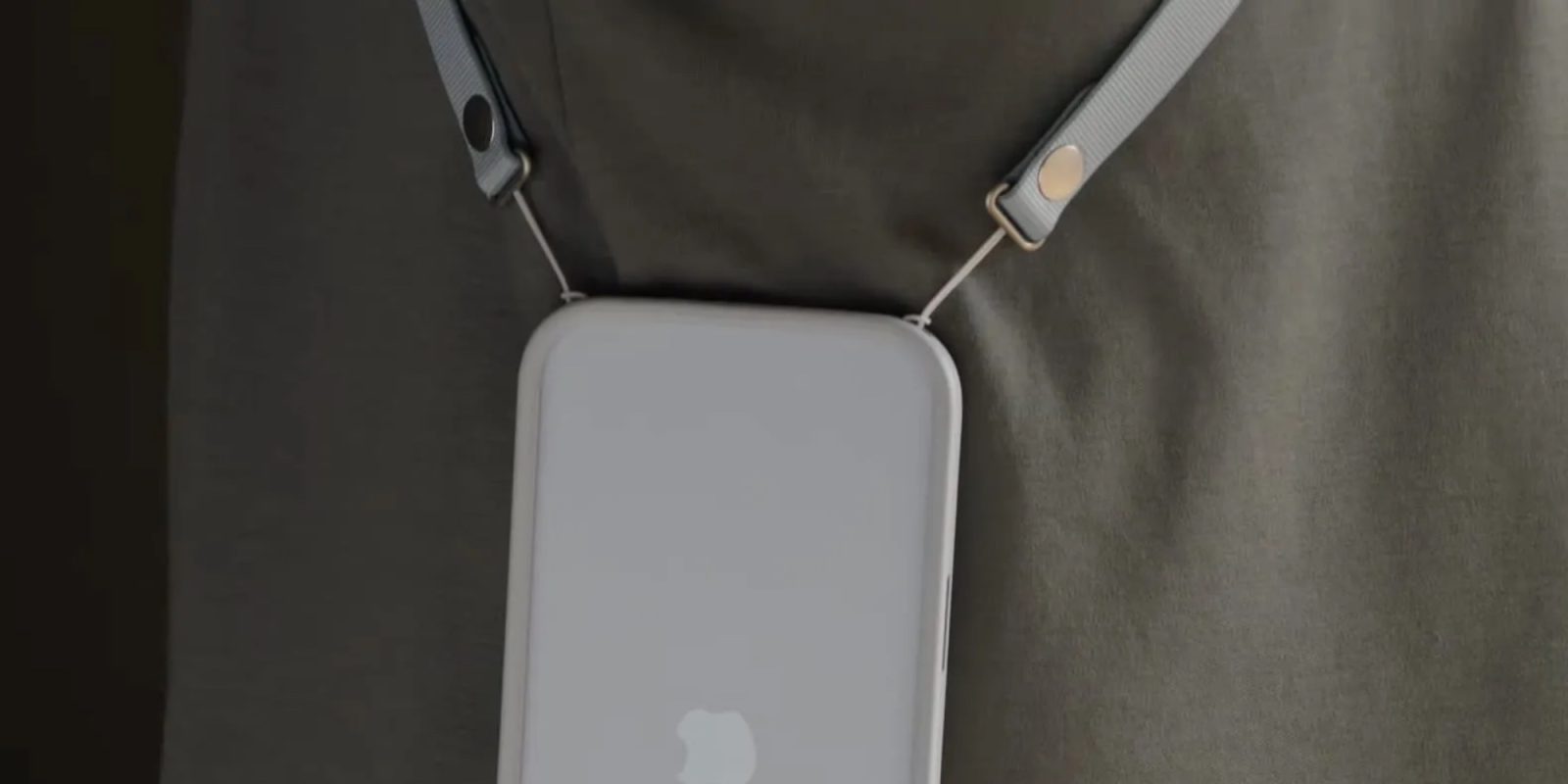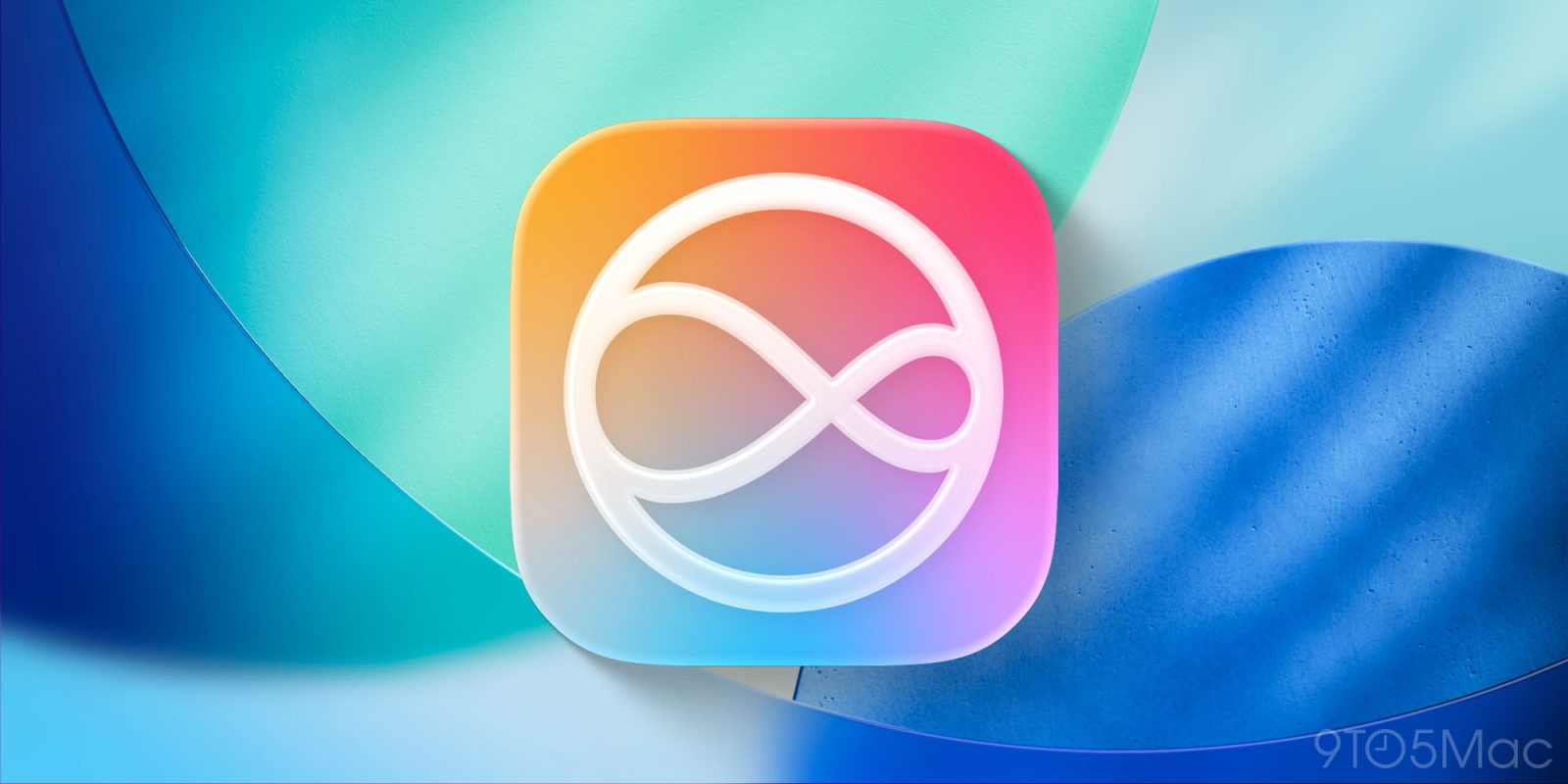The OnePlus 13 remains among the quickest smartphones currently available — and it has improved even more with the introduction of OxygenOS 16.
The OnePlus 13 marked a significant milestone for the Chinese brand. Despite OnePlus producing smartphones for ten years, there was always a feeling that its camera capabilities fell short — at least in comparison to its Chinese competitors and Google.
That perception shifted with the OnePlus 13, which offers exceptional camera performance with the same versatility as the Vivo X200 and others in its class. I still wish we had seen a Pro version (let alone an Ultra model), but it’s fortunate that OnePlus concentrated on a singular device, and the OnePlus 13 doesn’t really lack much.
I began using the phone in December 2024 and extensively tested it at launch. While I didn’t conduct an official review this time around, I utilized it frequently throughout 2025, switching to it occasionally. With the OnePlus 15 now on the market in China and a global launch set for November 13, it’s time to evaluate how the OnePlus 13 performs nearly a year after its introduction; to determine where it still excels, and where it may no longer keep pace.
One of the standout designs of 2025
I must confess that I wasn’t keen on the design when I first viewed the OnePlus 13 renders. I’ve always appreciated the design aesthetics of previous OnePlus models, and I felt the brand was straying from its design philosophy in an attempt to differentiate itself.
Fortunately, this turned out to be a non-issue; the OnePlus 13 feels great in hand, and despite its flat design, the gentle bevels ensure the edges don’t cut into your palm. The weight distribution is perfect, and the distinctive leather back remains one of my favorite aspects of the phone.
The leather is softer and boasts a superior texture compared to typical leather-backed devices, and after nearly a year of use, it still looks fantastic — the blue variant remains my top recommendation. I encountered no issues with the build quality even after numerous drops, and the fact that the rear is leather instead of glass makes a noticeable difference in this regard.
What stands out is that the custom glass layer on the front performed admirably. I don’t use cases on my phones, so it’s reassuring to see the device remain undamaged after prolonged use. Likewise, I faced no challenges using it outdoors during India’s monsoon period, with IP68 and IP69 water resistance clearly proving effective.
Hardware packed with power
The 6.82-inch AMOLED display continues to be one of the finest available; it offers fantastic colors, impressive brightness, and handles HDR content without any issues. There isn’t much to elaborate on here besides stating that the green line issue that affected older devices simply wasn’t an issue.
Honestly, the same can be said about the hardware. The Snapdragon 8 Elite is a true powerhouse, and I still feel it’s not being utilized to its fullest extent — there simply aren’t that caliber of games on Android. We’ve seen brands go to great lengths in recent years to promote lag-free performance after several years, and to me, that represents the most significant difference with these devices.
Sure, any smartphone feels undeniably quick at first use (unless you have Samsung’s A series), but the real test comes after a year or two, when performance inevitably starts to lag. Thankfully, this is not a concern with the OnePlus 13, and the phone feels just as smooth as the day I set it up. OnePlus claims that the phone will maintain its speed even after four years of usage, and I have no reason to doubt that — I recently powered on the OnePlus 8T to try it out for a bit, and it performed impressively well.
Battery life has also remained consistent; I still manage to get a full day’s usage from the device, and there’s no noticeable battery depletion. Naturally, the incorporation of silicon carbon battery technology means the OnePlus 13 should offer better longevity than previous models, which I plan to verify by reassessing the phone next year. As it stands, the battery remains reliable, and I appreciate being able to charge the device easily with any USB PD charger at 50W.
OxygenOS 16 delivers a well-deserved software upgrade
The OnePlus 13 debuted with OxygenOS 15, and it has just received an update to the Android 16-based OxygenOS 16. This update introduces a completely revamped UI with translucent elements, improved cohesion, and enhanced fluidity. While I’m still not thrilled about the UI’s resemblance to iOS 26, I must acknowledge that it is an improvement over OxygenOS 15.
Read More


